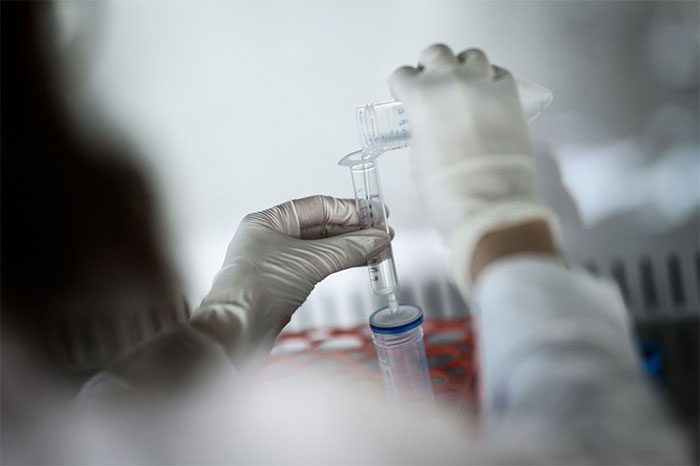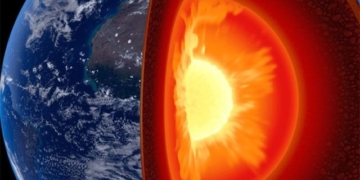A team of scientists from the University of New South Wales and the University of Technology Sydney in Australia has recently discovered how cancer cells “neutralize” conventional cancer treatment therapies.

Cancer cells divide faster than normal cells. (Illustrative image: Getty Images).
According to reporters in Sydney, the research conducted by the aforementioned team indicates that cancer cells can activate a rescue mechanism to stabilize the structure of essential cells responsible for cell division and resisting the effects of chemotherapy.
Professor Peter Gunning, the lead author of the study and currently working at the University of New South Wales, stated that cancer cells utilize the mechanical forces provided by the cell membrane to overcome the effects of chemotherapy. Scientists now have a precise understanding of how cancer cells evade lethal effects from chemotherapy, which could lead to improved cancer treatment methods.
During the process of cell division or mitosis, microtubules within the cell help separate genetic material. Cancer cells divide faster than normal cells, making them targets for various chemotherapy drugs that disrupt these microtubules.
Professor Gunning explained that high doses of chemotherapy can cause cell death due to chaos during the chromosome separation process. However, at lower doses, cancer cells can activate a rescue mechanism. This mechanism involves cancer cells recognizing broken microtubules and initiating the process of reconnecting these fragments, ensuring the proliferation of cancer cells.
The next step for the researchers will be to focus on developing drugs that combine with chemotherapy to eliminate the drug resistance mechanism of cancer cells. Before testing on patients, these drugs will undergo screening on animals and preclinical studies.
Professor Gunning stated that by targeting the force-generating machinery created by cancer cells, the research team hopes to enhance the effectiveness of cancer treatment therapies.




















































